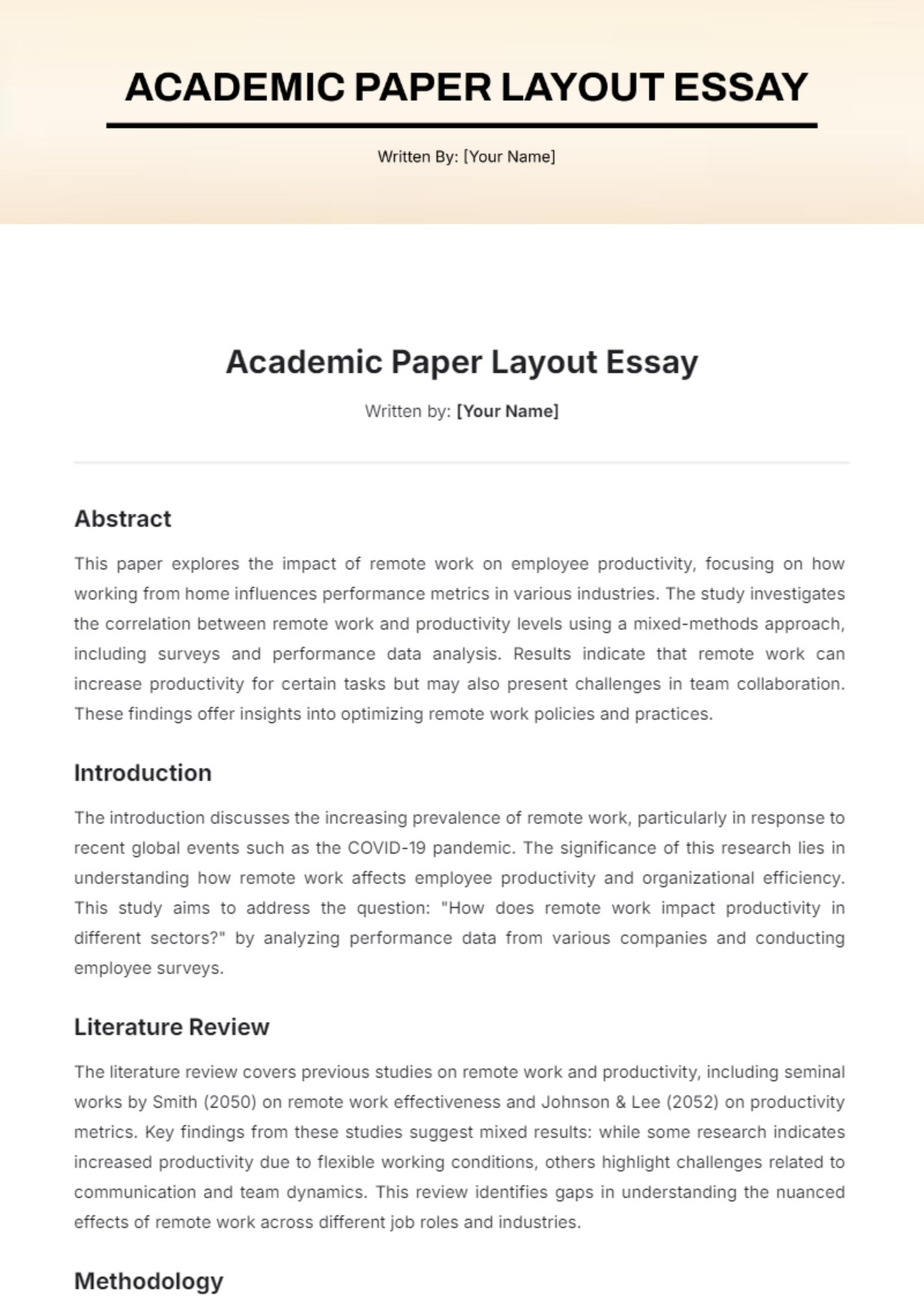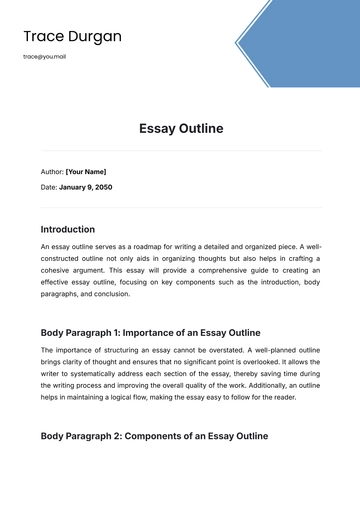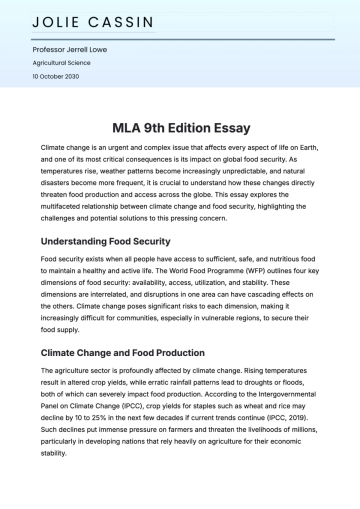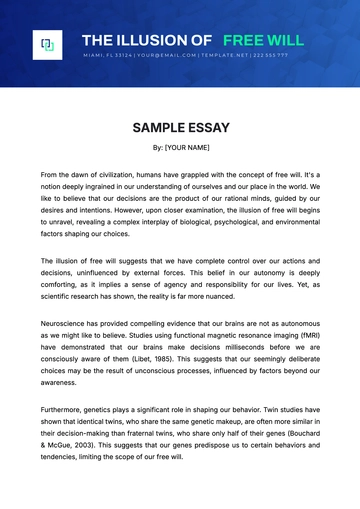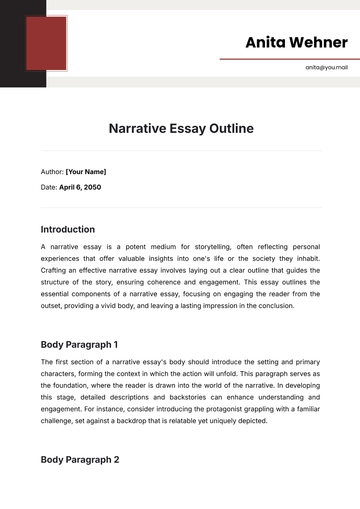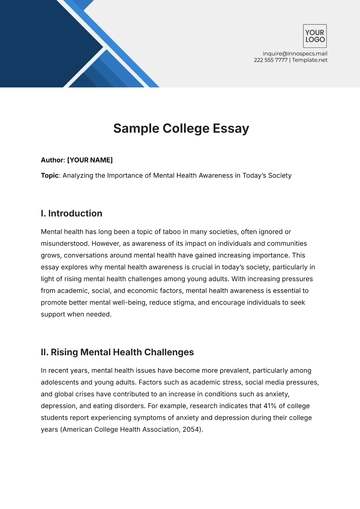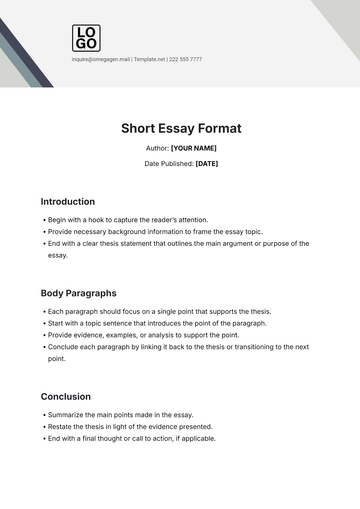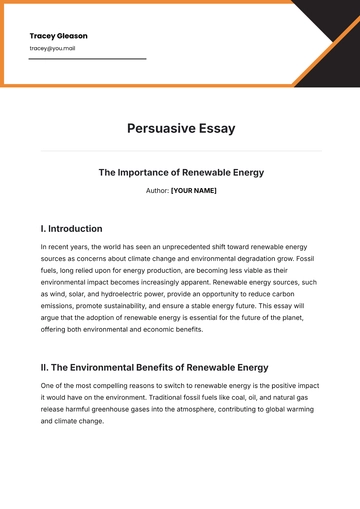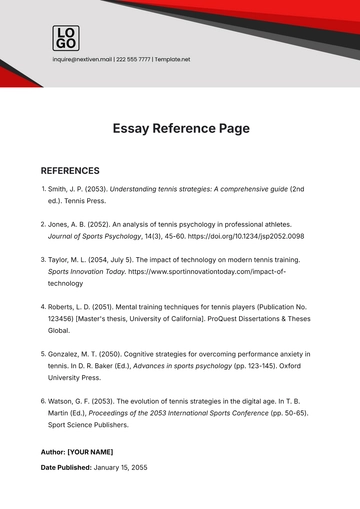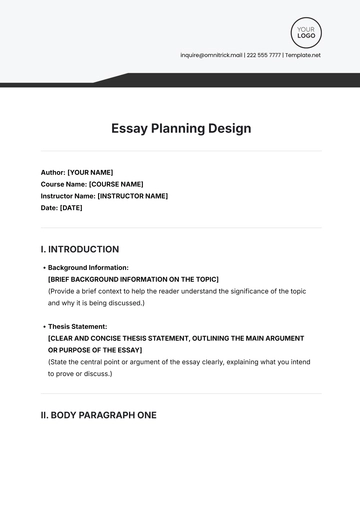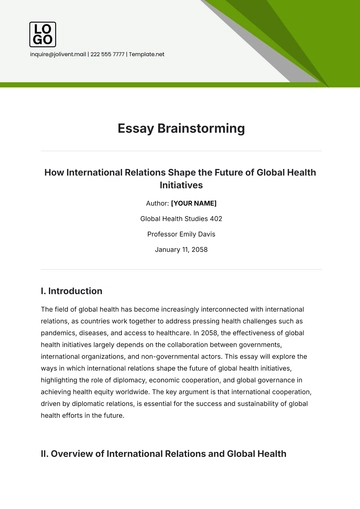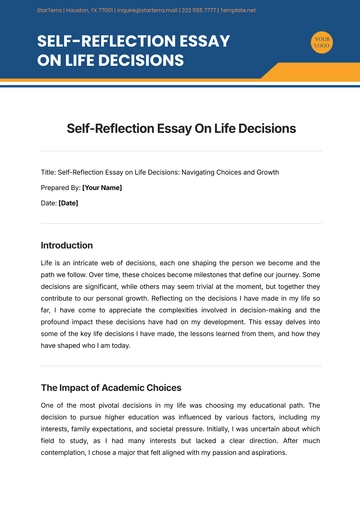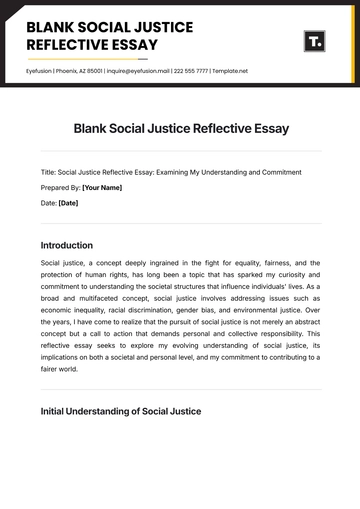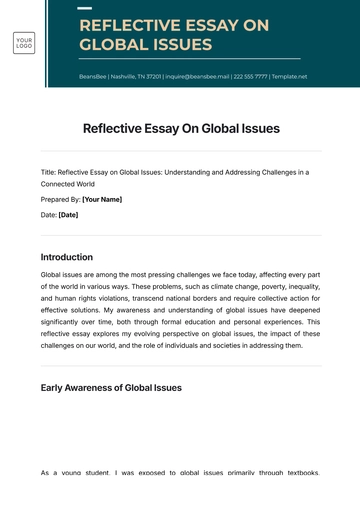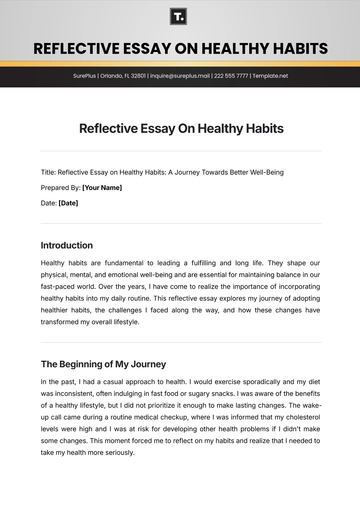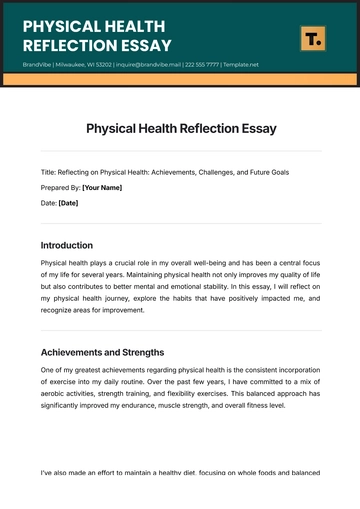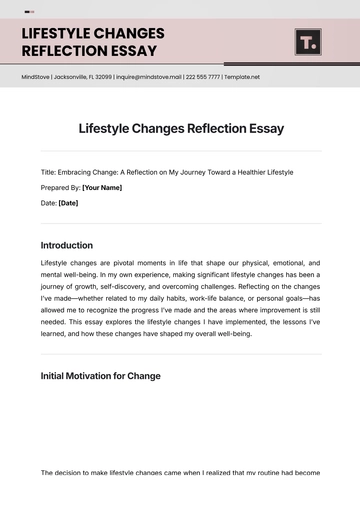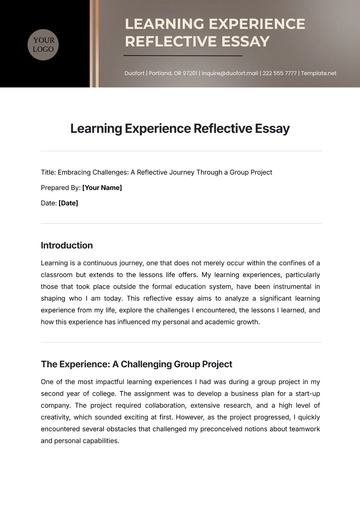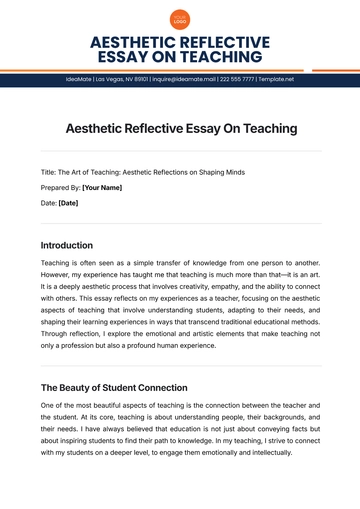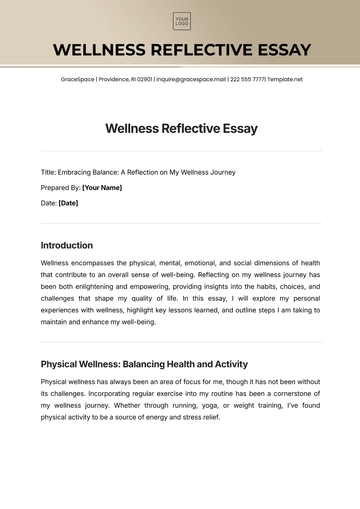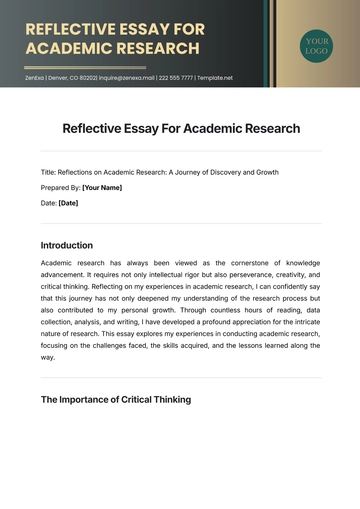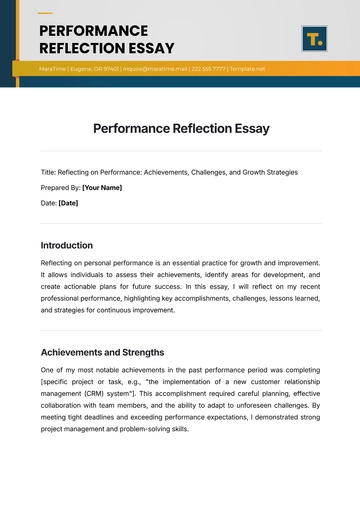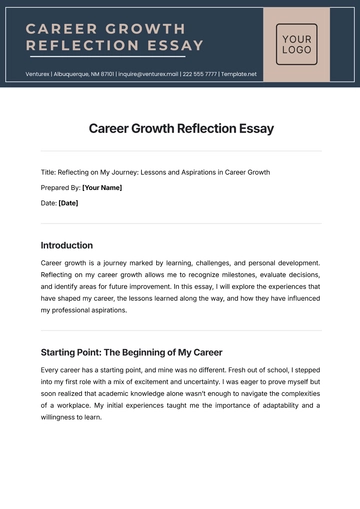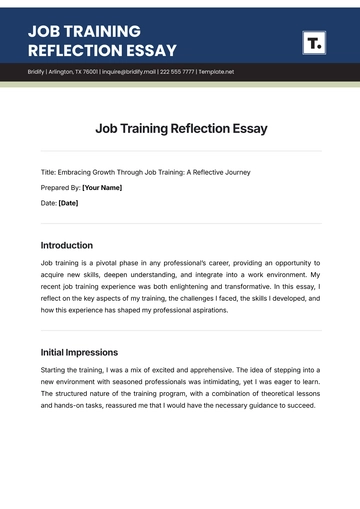Academic Paper Layout Essay
Written by: [Your Name]
Abstract
This paper explores the impact of remote work on employee productivity, focusing on how working from home influences performance metrics in various industries. The study investigates the correlation between remote work and productivity levels using a mixed-methods approach, including surveys and performance data analysis. Results indicate that remote work can increase productivity for certain tasks but may also present challenges in team collaboration. These findings offer insights into optimizing remote work policies and practices.
Introduction
The introduction discusses the increasing prevalence of remote work, particularly in response to recent global events such as the COVID-19 pandemic. The significance of this research lies in understanding how remote work affects employee productivity and organizational efficiency. This study aims to address the question: "How does remote work impact productivity in different sectors?" by analyzing performance data from various companies and conducting employee surveys.
Literature Review
The literature review covers previous studies on remote work and productivity, including seminal works by Smith (2050) on remote work effectiveness and Johnson & Lee (2052) on productivity metrics. Key findings from these studies suggest mixed results: while some research indicates increased productivity due to flexible working conditions, others highlight challenges related to communication and team dynamics. This review identifies gaps in understanding the nuanced effects of remote work across different job roles and industries.
Methodology
The methodology section details a mixed-methods research design:
Participants/Sample: 200 employees from five different sectors (technology, finance, healthcare, education, and retail) were surveyed. Performance data was collected from organizational records.
Results
The results indicate:
Discussion
The discussion interprets the results as follows:
Conclusion
The conclusion highlights that remote work can enhance productivity in certain sectors but may hinder performance in others. The study suggests that businesses adopt flexible work arrangements tailored to job functions and consider hybrid models to optimize overall productivity. Future research could explore long-term impacts and sector-specific adaptations.
References
Johnson, R., & Lee, S. (2052). The Dynamics of Remote Work: A Review of Productivity Metrics. Journal of Business Research, 58(3), 112-126.
Smith, A. (2050). Remote Work and Productivity: Evidence from the Tech Sector. International Journal of Work and Organization, 34(2), 45-67.
Essay Templates @ Template.net
